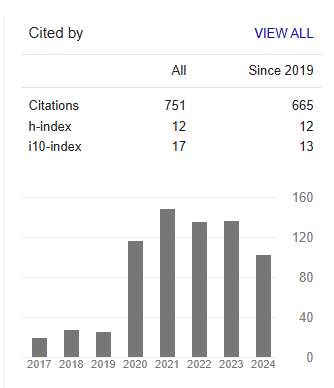Antifungal sensitivity profile of Fusarium spp. resulting keratitits
Abstract
LSM Sigera, PI Jayasekera, ULF Shabry and MAI Malkanthi
Fungal keratitis is an important cause of visual impairment and blindness. Genus Fusarium is a leading cause for fungal keratitis and it has higher degree of resistance to antifungal agents. Our objectives were to identify Fusarium spp. isolated from corneal specimens (received at Dept. of Mycology - MRI from 2013-2016) up to species level and to determine antifungal susceptibility pattern of them.
All Fusarium isolates (51) obtained from specimens of patients with keratitis were included in the study. Speciation was done using morphological characteristics of fungi. Antifungal sensitivity testing was done according to CLSI M 51- A guideline, against amphotericin B (10 µg), itraconazole (10 µg). and voriconazole (1 µg).
Majority of the isolates were F. solani complex (n=24). Three isolates were difficult to speciate morphologically. Significant number of Fusarium isolates had inhibitory zone diameters (IZD) less than tentative zone diameter epidemiological cut off values (TZD ECVs) for both itraconazole and amphotericin B, indicating emergence of resistant strains against these drugs. Forty five isolates (97.82%) had IZD more than corresponding TZD ECV for voriconazole. All F. solani complexes had IZD less than TZD ECVs for itraconazole.
Morphological identification cannot be used as the only method for speciation of Fusarium isolates. Antifungal sensitivity testing should be done for Fusarium isolates from keratitis patients as emergence of resistance strains is not uncommon against commonly used antifungal agents.



